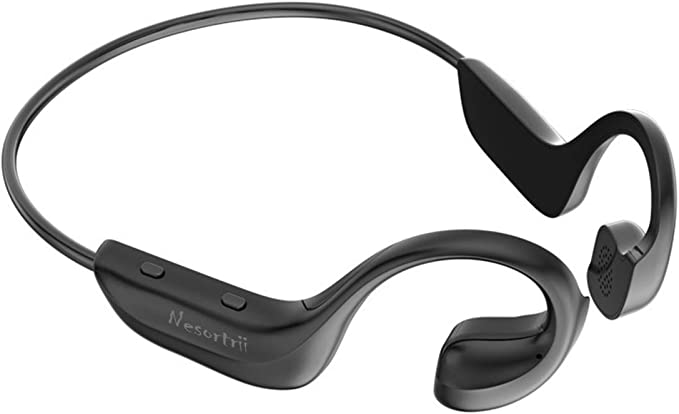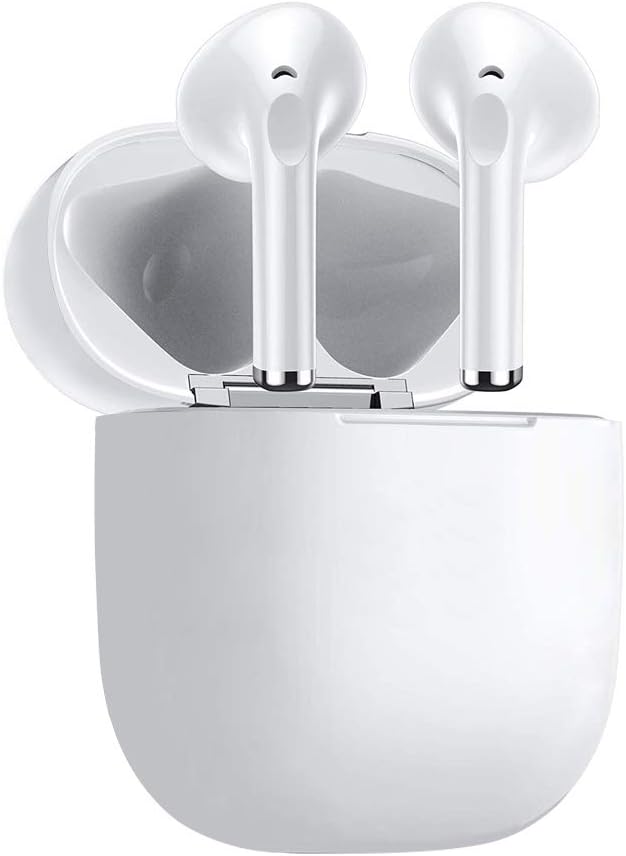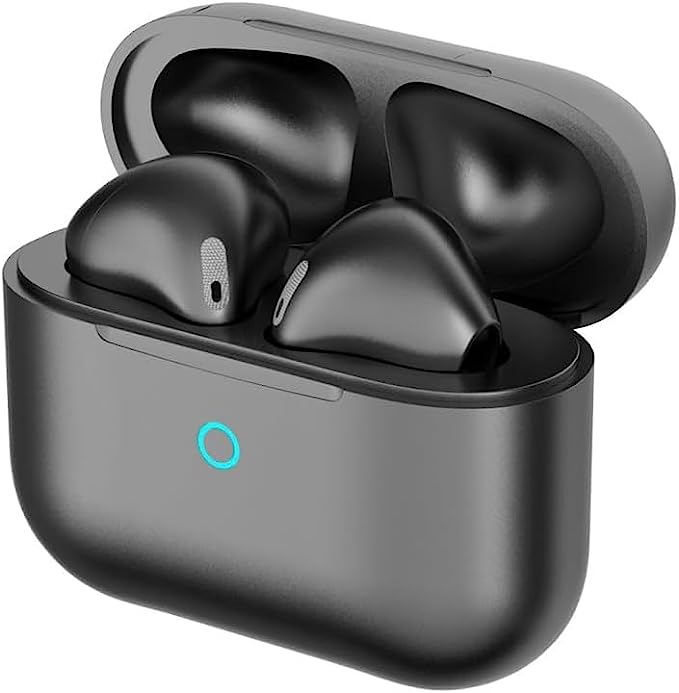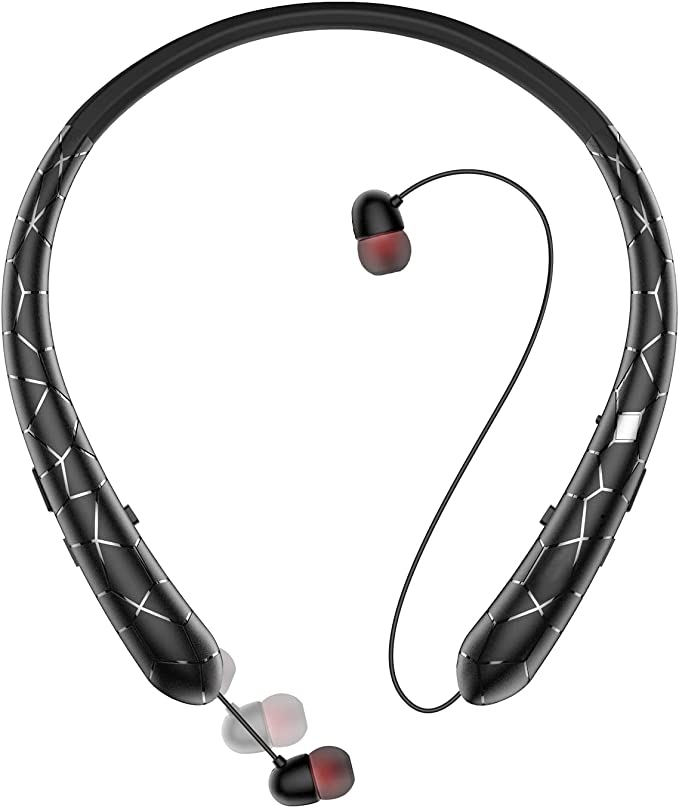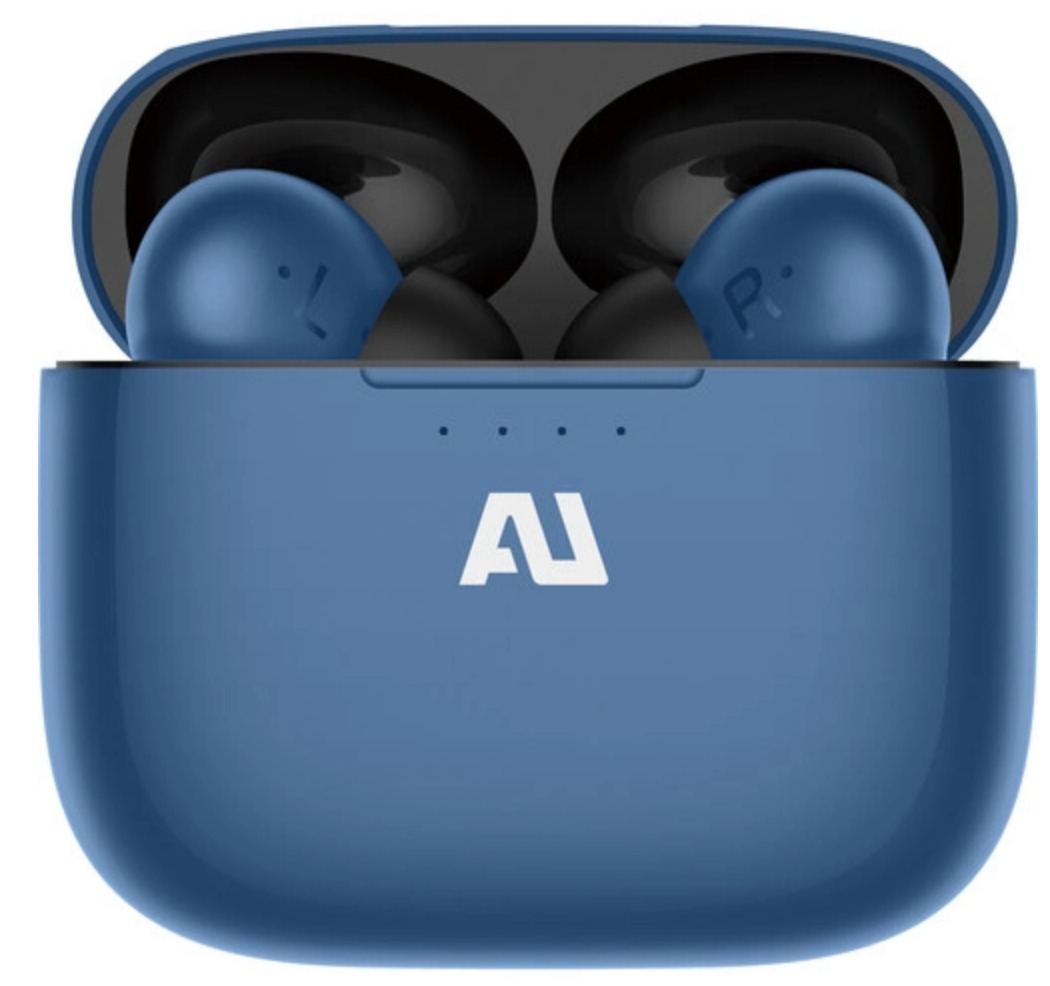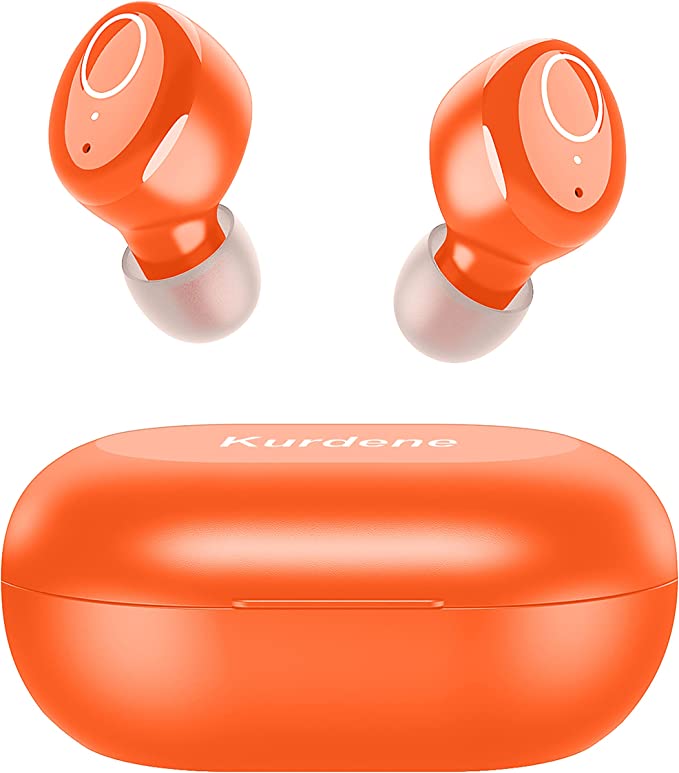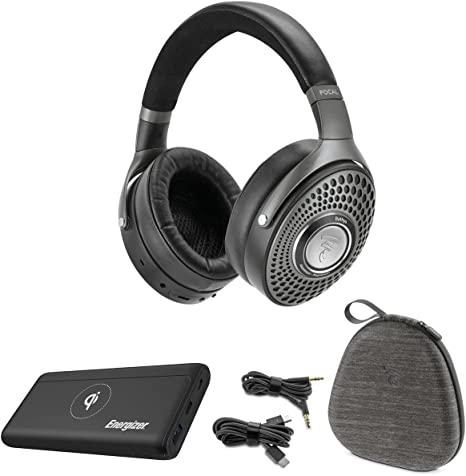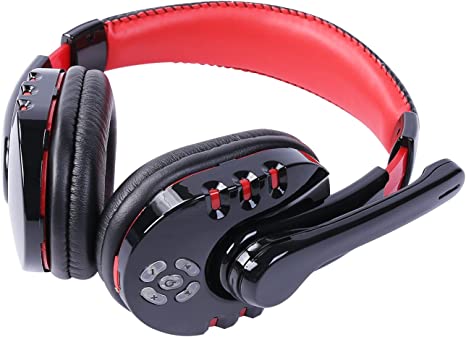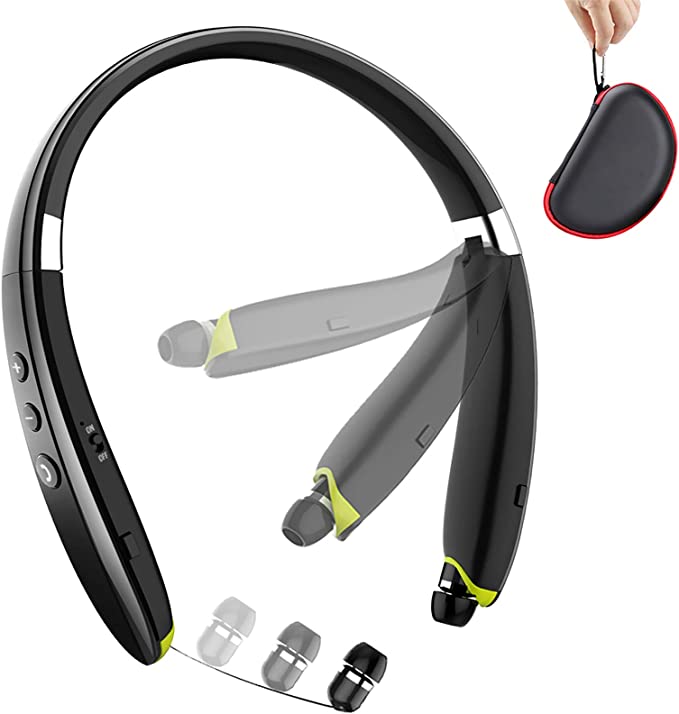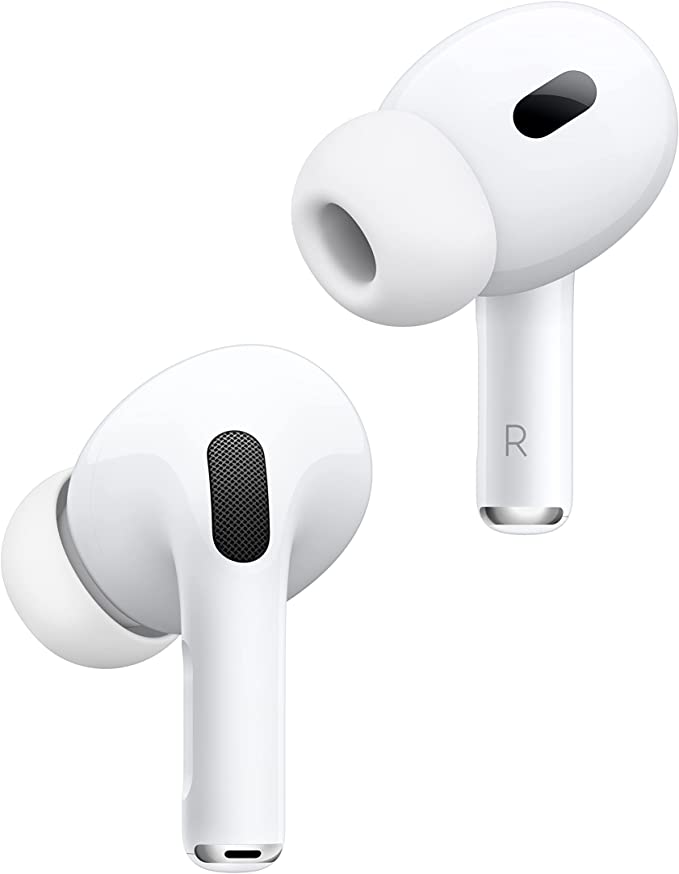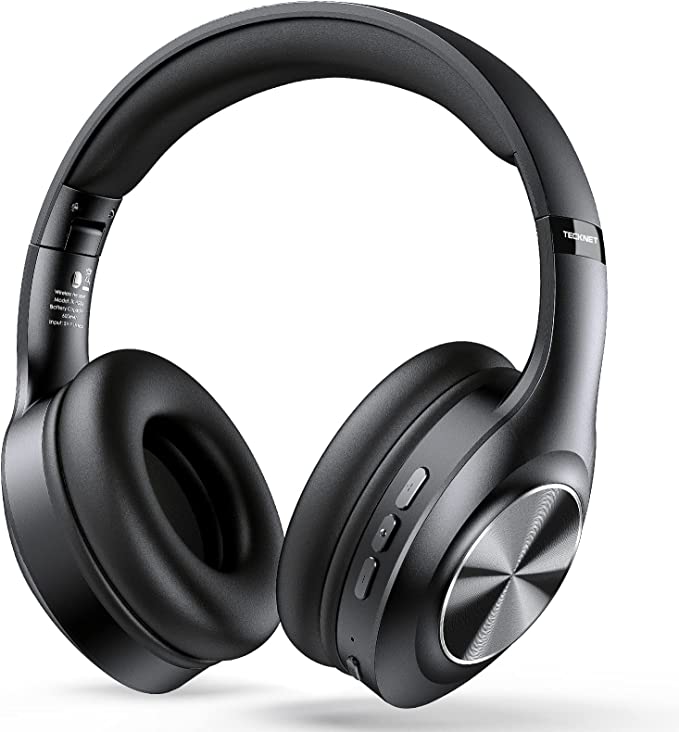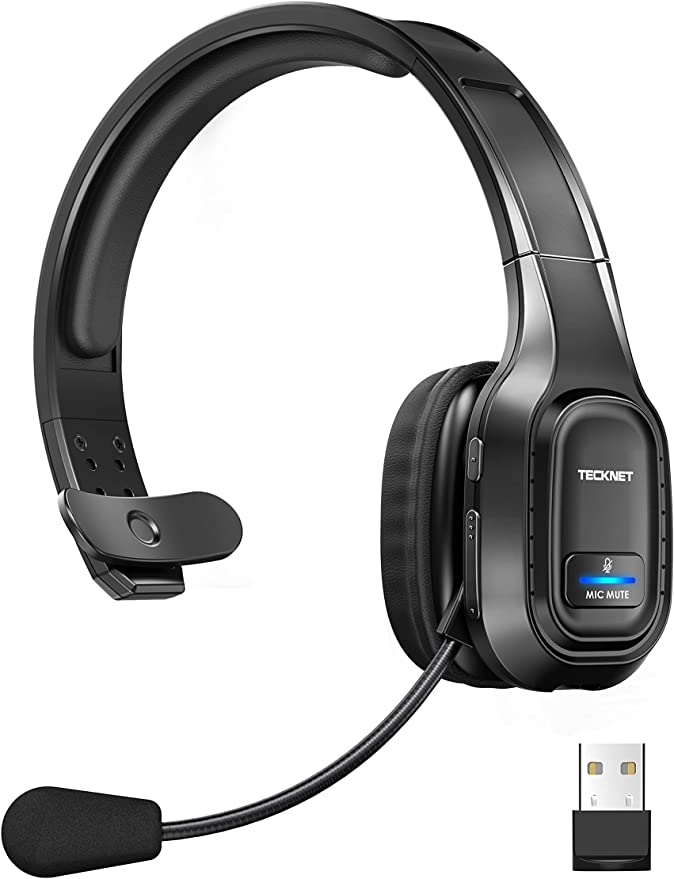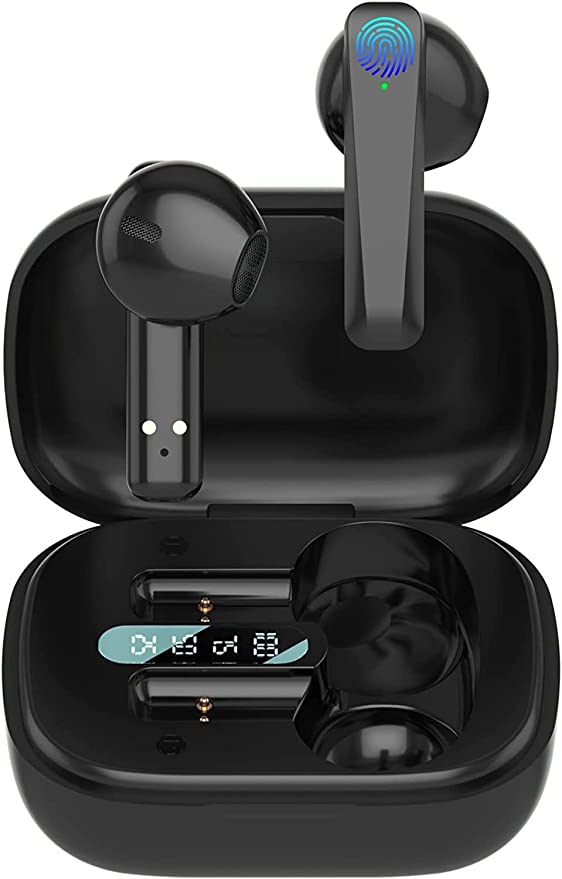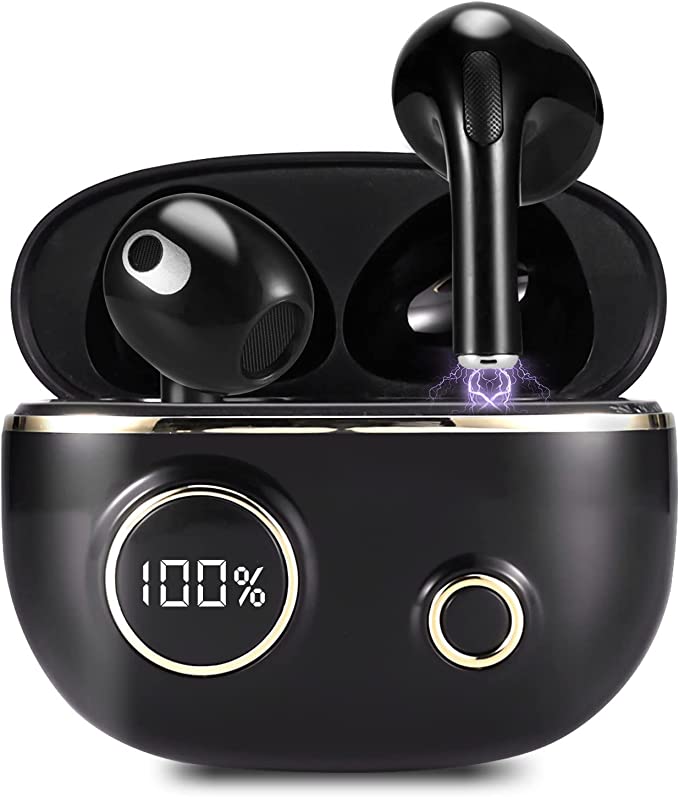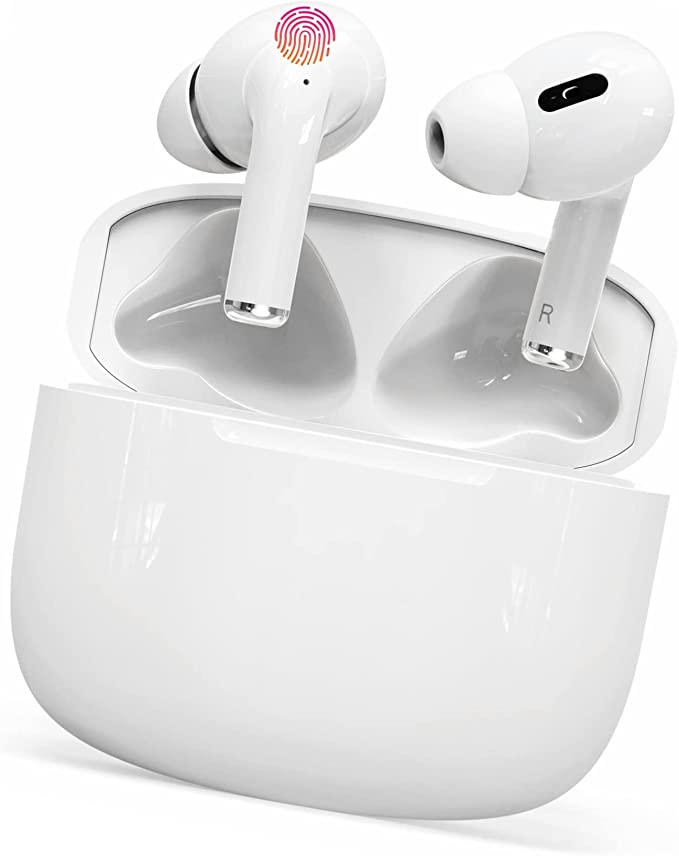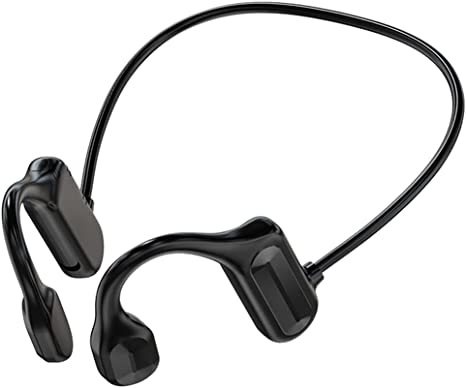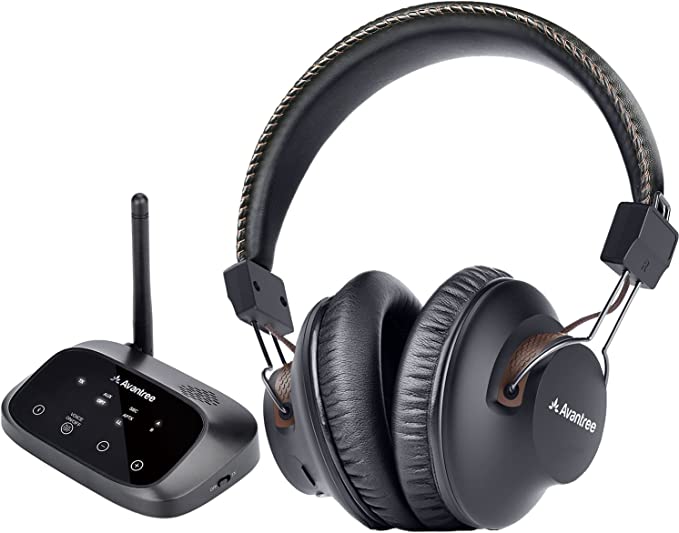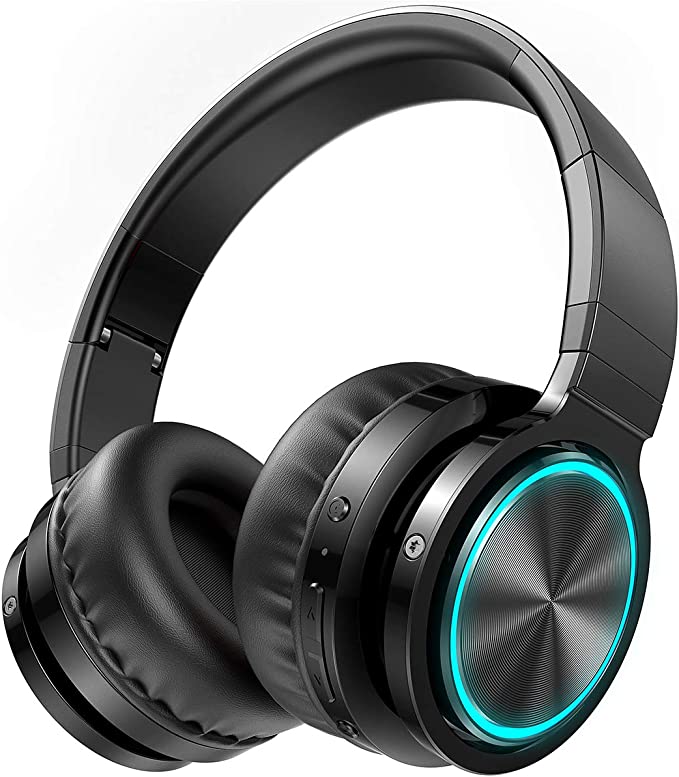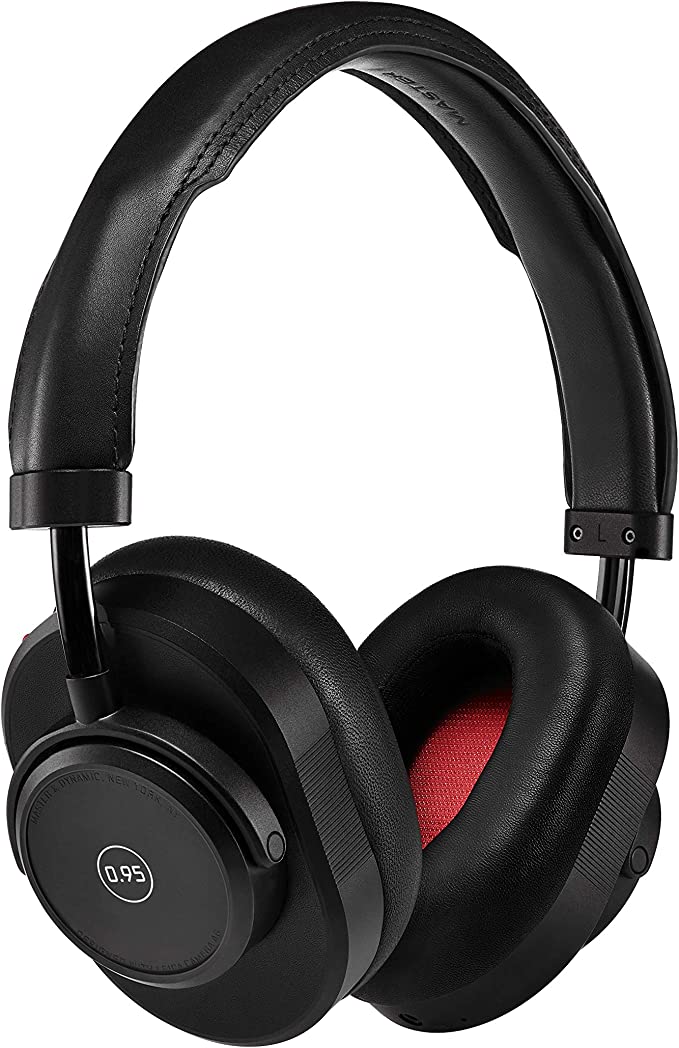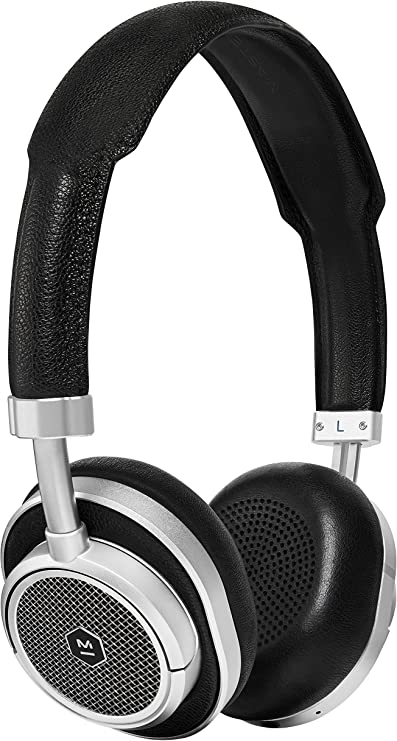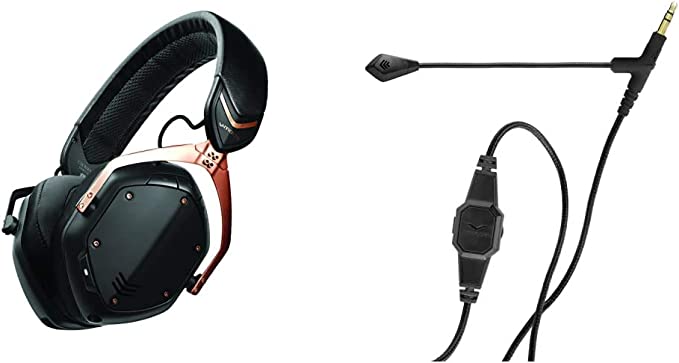JBL Tune 510BT: Unleash Pure Bass Sound Wirelessly
Update on March 21, 2025, 4:04 a.m.
We live in an age of unprecedented wireless freedom. From smartphones to smart homes, we’re constantly cutting cords and embracing connectivity. And when it comes to personal audio, wireless headphones have become an essential part of our daily lives. But this freedom often comes with questions: Does wireless mean sacrificing sound quality? Will I be constantly tethered to a charger? How reliable is the connection, really?
The JBL Tune 510BT wireless on-ear headphones directly address these concerns. They’re not just about cutting the cord; they’re about delivering a powerful, reliable, and enjoyable audio experience, backed by solid science and engineering. Let’s delve into the technology that makes it all possible.

Bluetooth 5.0: Cutting the Cord, Not the Quality
Imagine a world where you could only listen to music by physically plugging your headphones into a device. That was the reality not too long ago. Bluetooth changed everything. It’s a wireless communication technology that uses short-range radio waves to transmit data between devices, and it’s evolved significantly over the years.
-
A Brief History of Bluetooth: From its inception in the late 1990s, Bluetooth has gone through several iterations, each improving on its predecessor. Early versions were plagued by connection issues and high power consumption.
-
The 5.0 Advantage: Speed, Range, and Efficiency: The JBL Tune 510BT utilizes Bluetooth 5.0, a major leap forward. Compared to Bluetooth 4.2, version 5.0 offers roughly double the data transfer speed (up to 2 Mbps) and four times the range. But perhaps the most significant improvement for headphone users is the dramatically reduced power consumption. This translates to longer battery life and a more stable connection, even in environments with lots of wireless interference.
-
Bluetooth and Audio Codecs: The Secret Language of Sound: When you stream audio over Bluetooth, the digital audio file (like an MP3 or AAC file) needs to be encoded and decoded. This is where audio codecs come in. Think of them as translators, converting the digital information into a format that can be transmitted wirelessly and then back into sound waves by your headphones. The JBL Tune 510BT primarily uses the SBC (Subband Coding) codec, a universal standard that’s compatible with virtually all Bluetooth devices. It may also support AAC (Advanced Audio Coding), which is commonly used by Apple devices and generally offers slightly better sound quality than SBC at similar bitrates. It is important to realize, however, that while higher-quality codecs like aptX or LDAC exist, they are not supported.
-
Real-World Benefits: Seamless Connectivity: What does all this technical jargon mean for you? It means a hassle-free listening experience. You can quickly and easily pair your headphones with your phone, tablet, or computer. The connection is strong and stable, minimizing dropouts and interruptions. And the multi-device pairing feature lets you seamlessly switch between two connected devices – take a call on your phone while working on your laptop, without missing a beat.
JBL Pure Bass: The Science of That Deep, Resonant Sound
JBL has built its reputation on delivering powerful, impactful sound, and the “Pure Bass” signature is a key part of that. But it’s not just marketing hype; there’s real science behind that deep, resonant bass.
-
What is Sound, Really?: Sound is, fundamentally, vibration. When an object vibrates, it creates pressure waves in the air. These waves travel to our ears, where they vibrate our eardrums, and our brain interprets these vibrations as sound. The frequency of a sound wave – how many times it vibrates per second, measured in Hertz (Hz) – determines its pitch. Low frequencies correspond to bass sounds, while high frequencies correspond to treble sounds. The amplitude of the wave – the size of the vibration – determines its loudness.
-
The Quest for Bass: Why Low Frequencies Matter: Our ears aren’t equally sensitive to all frequencies. We’re generally less sensitive to low frequencies, especially at lower volumes. This is why many headphones and speakers struggle to reproduce bass accurately. It takes more energy to create those low-frequency vibrations, and it’s a challenge to do so without distortion.
-
Driver Design: The Heart of the Headphone: The driver is the component within the headphone that actually converts electrical signals into sound waves. It’s essentially a tiny loudspeaker. The JBL Tune 510BT uses a dynamic driver, which consists of a diaphragm (a thin, flexible membrane), a voice coil (a coil of wire), and a magnet. When an electrical signal passes through the voice coil, it creates a magnetic field that interacts with the magnet, causing the diaphragm to vibrate and produce sound. The size, material, and construction of the driver all play a crucial role in determining the headphone’s frequency response, particularly its ability to reproduce low frequencies. JBL’s Pure Bass technology involves careful driver design to enhance bass performance.
-
Digital Signal Processing (DSP): Sculpting the Sound: Beyond the physical driver, the JBL Tune 510BT also utilizes Digital Signal Processing (DSP). This is like having a tiny, sophisticated sound engineer built into your headphones. DSP uses algorithms to manipulate the audio signal before it reaches the driver. In the case of Pure Bass, the DSP selectively boosts the low frequencies, making the bass more prominent and powerful. However, it does this intelligently, avoiding excessive boosting that would lead to distortion or an unnatural sound.
-
Frequency Response: A Visual Representation. A complete analysis could benefit from a frequency-response graph. The graph would visually how the headphones reproduce different frequencies.
Power On: Battery Life and the Magic of Fast Charging
Wireless freedom is meaningless if your headphones are constantly running out of juice. The JBL Tune 510BT addresses this with an impressive 40-hour battery life, but how is that even possible?
-
The Lithium-Polymer Revolution: The key is the lithium-polymer (LiPo) battery. LiPo batteries are a type of rechargeable battery that offers a high energy density – they can store a lot of energy in a relatively small and lightweight package. This is crucial for portable devices like headphones. LiPo batteries work by the movement of lithium ions between a positive electrode (cathode) and a negative electrode (anode) through an electrolyte.
-
Capacity and Current: Understanding the Numbers: Battery capacity is measured in milliampere-hours (mAh). This tells you how much electrical charge the battery can store. The higher the mAh rating, the longer the battery will last. The 40-hour battery life of the JBL Tune 510BT is a testament to the combination of a high-capacity LiPo battery and the power efficiency of Bluetooth 5.0.
-
Fast Charging Explained: How it Works: Ever wondered how a quick 5-minute charge can give you 2 hours of playback? It’s all about the charging current. Charging a battery involves forcing electrical current into it. The higher the current (measured in amperes or milliamps), the faster the battery will charge. Fast charging technologies, like the one used in the JBL Tune 510BT, carefully control the charging current to deliver a rapid boost of power without damaging the battery. The initial phase of charging is often at a higher current, allowing for that quick top-up, and then it tapers off to a lower current to protect the battery’s long-term health.
Feature Focus: Beyond the Basics
Beyond the core technologies of Bluetooth, Pure Bass, and battery life, the JBL Tune 510BT offers several other features designed to enhance the user experience:
-
Lightweight Design: Weighing in at just 160 grams (5.6 ounces), these headphones are remarkably light. This minimizes fatigue during extended listening sessions, making them comfortable to wear for hours on end. The reduced weight is achieved through the careful selection of materials and a streamlined design.
-
Foldable and Portable: The earcups of the JBL Tune 510BT can be rotated and folded inwards, significantly reducing their footprint. This makes them easy to slip into a bag or backpack, perfect for travel or commuting.
-
Multi-Function Button: A single button on the earcup provides a surprising amount of control. You can play/pause music, skip tracks, answer/end calls, and even adjust the volume, all with different combinations of presses. This simplifies the user interface and eliminates the need for multiple buttons.
-
Voice Assistant: With a long-press of the multi-function button, you can activate your smartphone’s voice assistant (Siri or Google Assistant). This allows you to control your music, make calls, set reminders, and much more, hands-free.
-
Comfortable Earcup: The earcups feature soft padding, they rest on your ears rather than enclosing them completely. This design contributes to the headphones’ lightweight feel, although it may provide less passive noise isolation than over-ear headphones.
The Soundstage: Where the Music Comes Alive
Soundstage refers to the perceived spatial location of sounds within a recording. A good soundstage makes it feel like you’re listening to the music in a three-dimensional space, with instruments and vocals positioned realistically. While on-ear headphones generally don’t create as wide a soundstage as over-ear headphones, the JBL Tune 510BT still manages to deliver a sense of depth and separation, ensuring that you’re not just hearing the music, but experiencing it.
Conclusion: Wireless Audio, Evolved
The JBL Tune 510BT represents a significant step forward in wireless audio. It’s a product that successfully combines the convenience of Bluetooth 5.0, the powerful impact of JBL Pure Bass, and the freedom of extended battery life, all in a lightweight and comfortable design. While it may not boast features like active noise cancellation or support for high-resolution audio codecs, it delivers a compelling listening experience at an accessible price point. It’s a testament to how far wireless audio technology has come, making high-quality sound more accessible and convenient than ever before.

